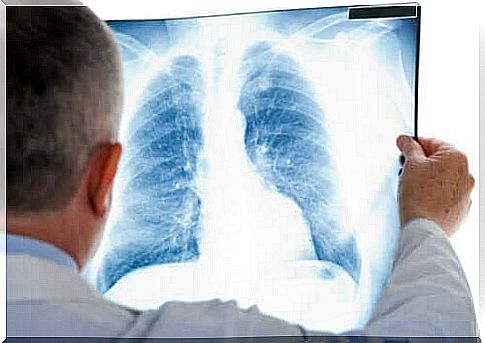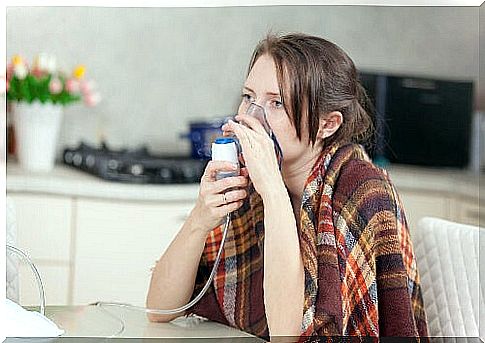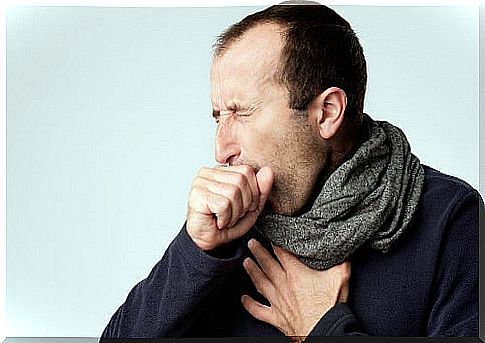Atypical Pneumonia – What Is This Disease?

Pneumonia is a medical word that refers to an infection in the lungs caused by a virus or bacteria. In fact, it is a term that refers to a wide variety of etiologies. Therefore, they are usually divided into two groups: typical and atypical pneumonia.
The group defined as atypical pneumonia was originally named this way to describe inflammation caused by other and less common germs than typical pneumonia. However, it is also used nowadays because there are differences between them on the level of symptoms.
Mycoplasma pneumoniae is the main cause of atypical pneumonia, followed by other atypical germs. This disease attacks more often in the fall and winter. In this article, we explain everything you need to know about atypical pneumonia and how to recognize it.
What causes atypical pneumonia?
As we mentioned, atypical pneumonia is an infection of the lungs caused by less common viruses or bacteria. They are also called confusing pneumonia, and the vast majority of cases occur between fall and winter.
Although the most common cause is infection with M. pneumoniae, there are also other causes that can cause this pathology. The most common bacteria associated with this inflammation are Coxiella burnetti, Legionella pneumophila, Chlamydia pneumoniae, and Chlamydia psitacci.
As a rule, atypical pneumonia is usually milder than typical. However, when it is caused by Legionella, complications can occur and this type also has a higher mortality rate.
It should be noted that in many cases this type of pneumonia can appear due to a cold that lasts more than seven or ten days. For example, when someone has a cold caused by RSV (respiratory syncytial virus) and is not treated properly.

What symptoms does it cause?
The clinical symptoms are another important difference between atypical and typical pneumonia. Symptoms will largely depend on the area of the lung where the infection is located. This means that if, for example, it is located in the highest part of the lungs, breathing will be more difficult.
The most common are the so-called catarrhal symptoms, such as a fever of around 38 ° C and chills. They very much resemble rhinitis or a cold. Likewise, there may be a sore throat or headache, and even pain in the ears or chest. Due to the general discomfort, in some cases there is also a loss of appetite and vomiting may occur.
Importantly, the cough in atypical pneumonia is a dry cough. This means that it is usually not associated with expectoration or mucus. In addition, breathing is often hard and fast.

How is atypical pneumonia diagnosed and treated?
In order to diagnose atypical pneumonia, it is imperative that the doctor is familiar with all the symptoms. In addition, a complete physical examination should be performed, including auscultation of the lungs. In this way, it will be able to detect the noises that arise while breathing.
When it comes to atypical pneumonia, there is usually a sound described as wheezing when breathing. It is a sound a bit like the noise of the wind. Chest x-rays are sometimes also performed for diagnosis, as they often reveal an infection.
Since most causes are related to bacteria, antibiotics are the most commonly used treatment. If the infection is not very serious, they are given orally for 7 to 10 days. It should also be remembered that in some cases atypical pneumonia can be contagious.
For this reason, it is recommended to avoid contact with other people and follow proper hygiene measures. Likewise, in the event of any alarming symptoms, it is important to see a doctor. The specialist will recommend the best treatment options. On this occasion, it is worth remembering that you should absolutely avoid using over-the-counter antibiotics and on your own.









